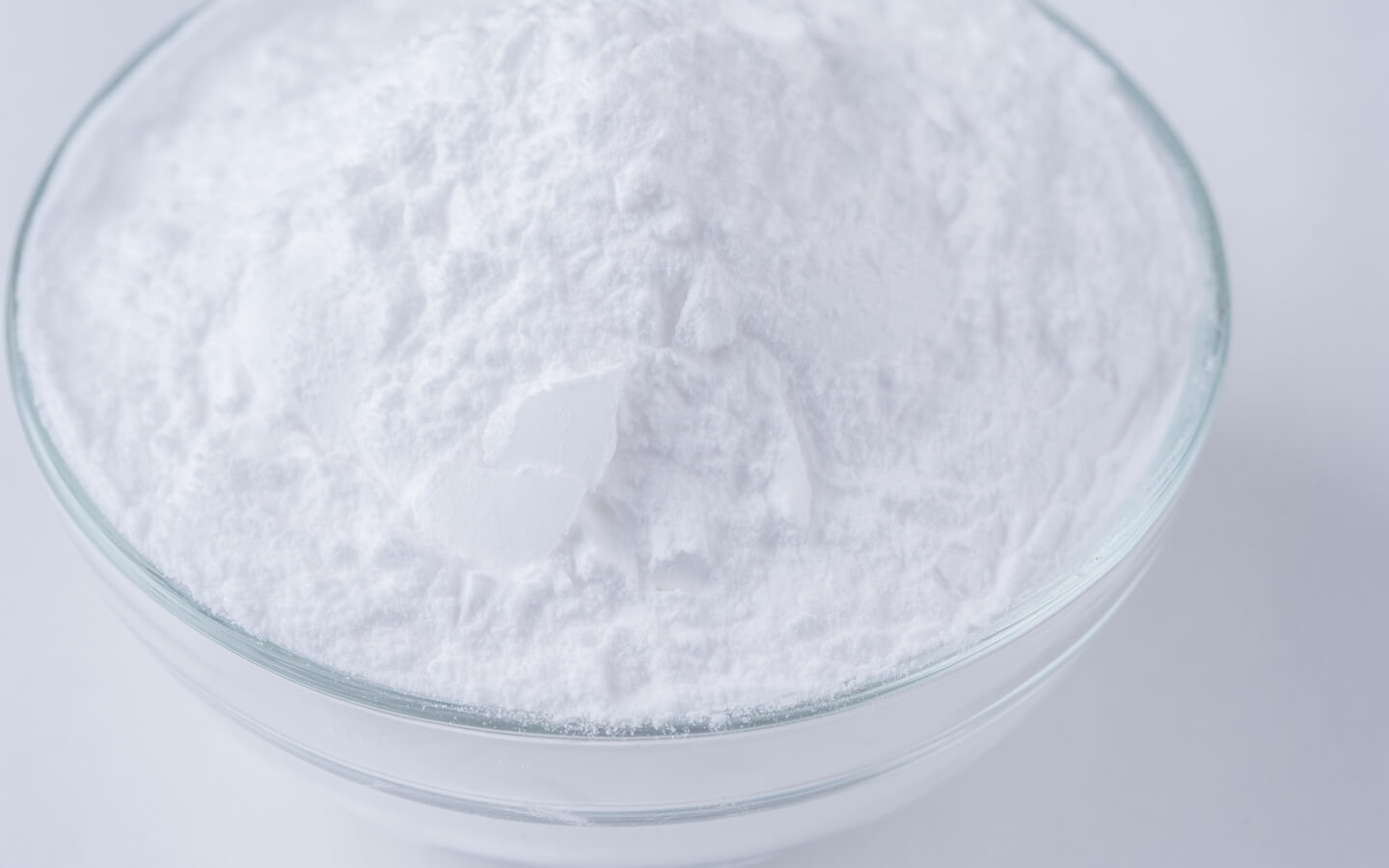What is FT wax?
(2n+1)H2 + nCO → CnH2n+2 + nH2O
Iron-based and cobalt-based metal catalysts are known for practical purposes. As iron-based catalysts are active in the CO shift reaction and cobalt-based catalysts do not have this activity, iron-based catalysts are generally used for coal-based synthetic gas with a small H2/CO ratio, while cobalt-based catalysts are used for natural gas-based synthetic gas with a large H2/CO ratio. Cobalt-based catalysts have higher hydrogen activity and longer lifetime than iron-based catalysts, and the products are often rich in paraffin content.

Nippon Seiro's FT wax
We use our original special technology to separate and refine FT wax.
The wax is rich in saturated straight chain hydrocarbons and has very few impurities.
One of this wax's characteristics is that it can be manufactured with a high melting point range, which petroleum waxes do not have.
Polyethylene wax is a widely-known hydrocarbon wax with a high melting point.
It is obtained from the polymerization of ethylene, the pyrolysis of polyethylene, and the byproducts of manufacturing high-density polyethylene.
The ethylene polymerization method is known as a radical-catalyzed reaction under high temperature and high pressure, or a low-pressure reaction using a Ziegler-Natta or metallocene catalyst.
The former has a structure with many branches, while the latter has a structure with few branches.
In either case, polyethylene wax is an even-numbered hydrocarbon.
How to use
FT waxes are rich in saturated straight chain hydrocarbons, which allows for a narrower carbon number distribution, lower oil content, higher melting point, and greater hardness.
Narrowing the carbon number distribution also provides excellent thermosensitivity.
These waxes are also characterized by low steric hindrance and very low viscosity when melted.
These characteristics are used in processed paper, hot melts, polish, ink, lubricants, asphalt, rubber, oil, glazing, and the like.
[Paraffin Wax (Synthetic Waxes)]
| FT 115 | FNP-0090 | FNP-0080 | ||
|---|---|---|---|---|
| Melting point (ASTM D127) |
℃ | 113~118 | - | - |
| ℉ | 236~245 | - | - | |
| Congealing Point (ASTM D938) |
℃ | - | 90 | 80 |
| Oil Content (ASTM D721) |
mass% | - | - | - |
| Penetration (ASTM D1321) |
At 25℃ | 1 | 3 | 8 |
| At 35℃ | 1 | - | - | |
| [Form] | ||||
| Pellet | Net 20kg | ● | ● | ● |
| Powder | Net 20kg | ● | ● | - |
| [Application] | ||||
| Ink | ● | ● | ● | |
| Toner | ● | ● | ● | |
| Hotmelt Adhesive | ● | ● | ● | |
| Polish | ● | ● | ● | |
| Additive agent | ● | ● | ● | |